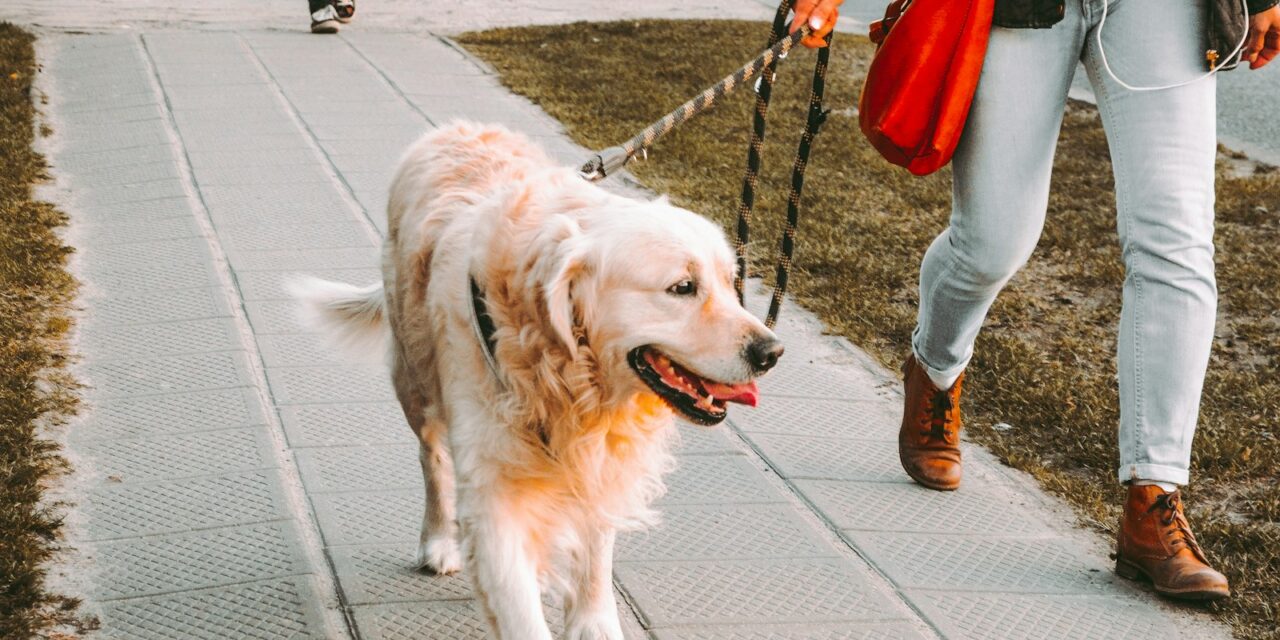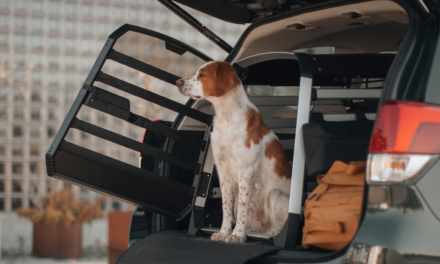Dog owners and walkers are being urged to be mindful of the risks associated with hot weather walks.
Animal welfare charities and veterinary organisations are calling on pet owners to prepare for rising temperatures and ensure they have the best knowledge to keep their pets safe.
‘Cool First, Transport Second’ to Avoid Heatstroke
The collaborative effort involves Battersea Dogs & Cats Home, Blue Cross, British Parking Association, British Veterinary Association (BVA), The Kennel Club, The Mayhew Animal Home, National Animal Welfare Trust, The National Police Chiefs Council (NPCC), PDSA, RSPCA, Scottish SPCA, #TeamOtisUK, Woodgreen Pets Charity, and RVC VetCompass. These organisations offer vital advice to pet owners.
With many planning sunny dog walks and family outings, experts have identified effective ways to cool dogs after exercise, crucial for preventing heatstroke. Research from the Royal Veterinary College (RVC) indicates that dogs often continue to get hotter after exercise, necessitating proactive cooling measures.
Expert Advice on Cooling a Dog
Emily Hall, Lecturer and lead researcher on canine heatstroke at RVC, emphasises the importance of cooling dogs immediately after exercise. “Dogs die in hot cars and on hot walks, but heatstroke can be prevented, so if in doubt, don’t go out. If there is concern a dog has overheated our advice is: cool first, transport second,” Hall advised.
To cool your dog after exercise:
- Move the dog into the shade and encourage rest.
- Call your vet immediately if concerned.
- Cool your dog using water that is cooler than the dog’s body temperature. Pour water over the body, avoiding the head, and ideally combine with air movement.
- For healthy dogs, paddling or lying in water is effective, but always allow the dog to leave the water if they choose.
- Prepare the vehicle by lowering windows, using air conditioning, and cooling seats before placing the dog inside.
- Ensure the dog is suitably restrained within the vehicle.
- Maintain continuous air movement over the dog if they remain overheated.
RSPCA’s Advice and Upcoming Workshops
Esme Wheeler, dog welfare expert at the RSPCA, advises dog owners to prepare for the warm weather. “It’s really important we as dog owners arm ourselves with the right knowledge and techniques to keep our pets cool and help them to cool down after exercise, to avoid the devastating consequences of heatstroke,” Wheeler said.
Shock polling by the RSPCA revealed that only 58% of people would not leave their dog inside a car on a warm day, highlighting the risk of heatstroke. Wheeler added, “Owners should never leave their pet in a car on a warm day. Pet owners can all do their bit to be prepared and spread the word.”
The RSPCA will host ‘Cool Dog Summer’ workshops online to educate owners on keeping their pets safe in the heat. With summer approaching, there are several steps owners can take to prepare.
Factors Increasing Heatstroke Risk
Certain factors can heighten an animal’s risk of heatstroke, including age, weight, coat type, and breathing difficulties seen in breeds like French bulldogs and pugs. Even at temperatures in the teens (Celsius), animals are at risk.
Owners are advised to:
- Ask their vet for a weight-check for their dog.
- Consider how to keep their dog cool during travel.
- Research local pet sitting businesses for hot weather alternatives.
- Plan walks during cooler times of the day and share their experiences on social media.
- Sign up for ‘Cool Dog Summer’ workshops.
- Identify cool areas in the home for the dog.
- Schedule grooming appointments and discuss hot weather grooming plans.
- Place extra water bowls around the home and garden.
- Use puzzle feeders or Kong toys for frozen treats.
- Regularly check the weather forecast, paying attention to ‘feels like’ temperatures.
- Take extra precautions during heat alerts.








